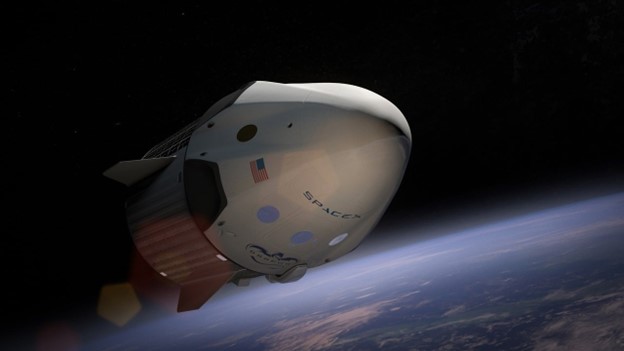Aircraft dramatically changed commerce and warfare early in the 20th Century. The world will be even more profoundly altered by space technology. We continue our publishing of key portions of The National Space Intelligence Centers’ major report, “Competing in Space.”
INCREASING SURVEILLANCE
National, commercial, and academic ventures worldwide are developing and proliferating increasingly sophisticated space-based remote sensing capabilities and space observation sensors. The growing number and variety of these sensors offer greater access to a wide range of data for characterizing systems, events, and facilities. As these capabilities become more commonplace, activities around the world and in space will become more difficult to conduct without being observed.
Monitoring Earth
China operates over 300 remote sensing satellites with diverse sensors, improving the Chinese military’s ability to observe U.S. aircraft carriers, expeditionary strike groups, and deployed air wings. Russia operates some of the world’s most capable individual remote sensing satellites; however, Moscow operates only a limited number of these systems compared to the U.S. and China. China and Russia have further plans to improve, expand, and diversify these capabilities, which will enhance their ability to readily monitor and target emergent events, force deployments, and sensitive ground locations. Both countries also seek to use space for early warning of ballistic missile launches. Russia has maintained satellites for this purpose since the 1970s and China has recently started developing these capabilities.
As evidenced by the Russia-Ukraine conflict, commercial remote sensing satellite firms are greatly expanding the public availability of highquality satellite imagery. In January 2023, the U.S. Department of the Treasury sanctioned a Chinese commercial satellite company, its Luxembourg-based subsidiary, and a Russian company for supplying satellite imagery that enabled Wagner Group, a Russian paramilitary organization, to conduct combat operations against Ukraine
Monitoring Space
China and Russia maintain networks of diverse sensors to search for, track, and characterize space objects, a capability fundamental to conducting counterspace operations. These countries bolster their respective networks with data from global academic and civilian space monitoring networks, like the Russian-led International Scientific Optical Network and the Chinese Academy of Sciences’ future SiTian network, to more frequently track a greater number of space objects
DENYING SPACE
As our world grows increasingly dependent upon space services, potential adversaries are developing technologies and fielding terrestrial and space-based counterspace weapons capable of destroying satellites, disrupting space services, and degrading support infrastructure on the ground. China and Russia view the U.S. as overlyreliant upon space for military and information superiority. Seeking asymmetric advantages in future conflict, both countries are designing, testing, and demonstrating counterspace weapons to deny, disrupt, or destroy satellites and space services. They often mask or conceal these activities to avoid international condemnation. The dual-use nature of some spacecraft technologies makes counterspace tests or hostile activity difficult to detect, attribute, or mitigate. For example, sensors to inspect other satellites and robotic arms for servicing other satellites support peaceful missions, but can also be used to target or attack spacecraft.
ANTI-SATELLITE MISSILES
More than 2,700 of the original 3,000 trackable debris objects from China’s 2007 anti-satellite missile test remain in low Earth orbit. The Chinese military routinely trains with an operational variant of this ground-based missile. In 2013, China launched an object on a ballistic trajectory to an altitude of 30,000km, suggesting it may have a missile capable of destroying satellites in geostationary Earth orbit. ANTI-SATELLITE MISSILES In November 2021, Russia destroyed a Sovietera satellite in low Earth orbit using Nudol’, a mobile, ground-based missile. This test generated over 1,500 pieces of trackable debris and tens of thousands of lethal but nontrackable objects. In 2018, a MiG-31 with a large missile slung beneath the aircraft was observed by the public at a Russian test site. The weapon may be related to the Burevestnik air-launched anti-satellite missile, which will be “capable of destroying targets in near-space.”
DIRECTED ENERGY WEAPONS
China has multiple ground-based laser systems of varying power levels that could blind or damage satellite sensors. By the mid-to-late 2020s, Beijing may have higher-power systems capable of damaging satellites.
Russia has several ground-based lasers that could jam and blind satellite sensors. Beginning in 2018, Russia deployed Peresvet – a laser system designed to mask missile deployments by blinding satellite sensors – to five strategic missile divisions. Russia likely will field more powerful lasers in the mid-to-late 2020s.
The Report Concludes Tomorrow
Photo: Space X
